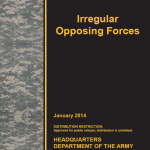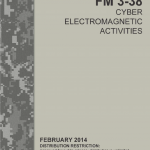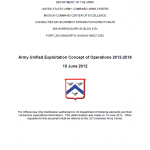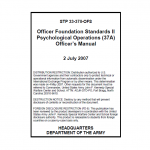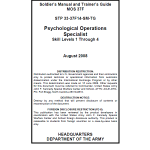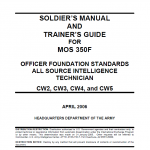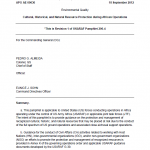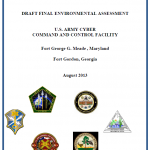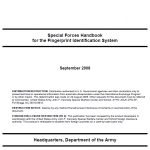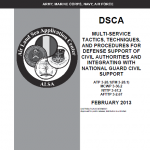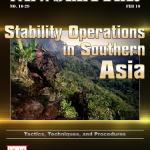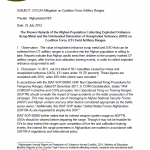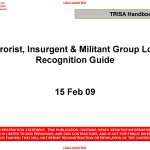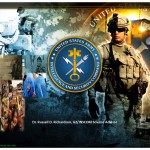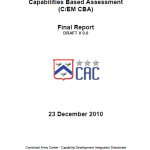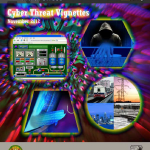
Biometrics capabilities on the tactical battlefield enable a wide variety of defensive and offensive operations. Biometrics help ensure enemy personnel, criminals, and other undesirable elements are not allowed access to our facilities, hired to provide services, or awarded contracts. Biometrics is used to vet members of the Afghan government and military with whom our forces interact. Unfortunately, biometrics capabilities we put in the hands of Soldiers, Marines, Sailors, and Airmen — and that we ask unit commanders to employ — are relatively recent additions to the list of capabilities our military employs on the battlefield today.

